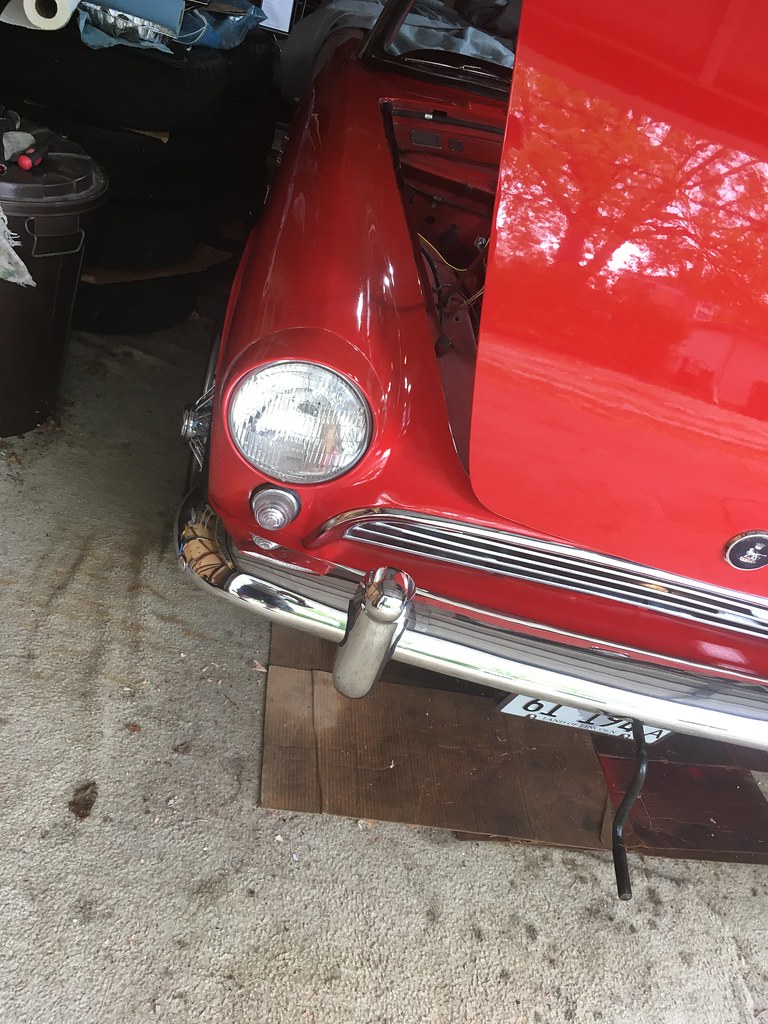spmdr
Diamond Level Sponsor
Yes, they increase about .004 from cold to hot.
So .008 and .010 are good cold starting points (stock cam).
Here is another thread on Valves:
 forum.sunbeamalpine.org
forum.sunbeamalpine.org
DW
So .008 and .010 are good cold starting points (stock cam).
Here is another thread on Valves:
Valve clearance
Work shop manual gives valve clearance ( HOT ) at 14 thow exhaust and 12 thow intake. Getting my 1725 ready to fire up after a mild rebuild. I have added 2 thow to those numbers as I have set the valves COLD. So 16 thow exhaust and 14 thow intake. Hoping this will be good enough for start up and...
DW


